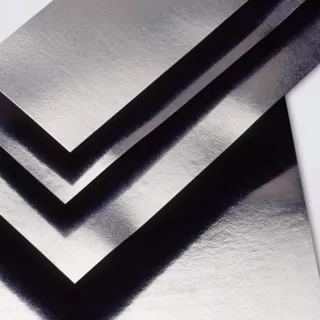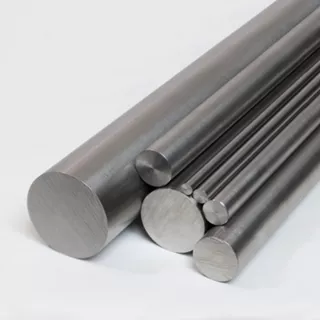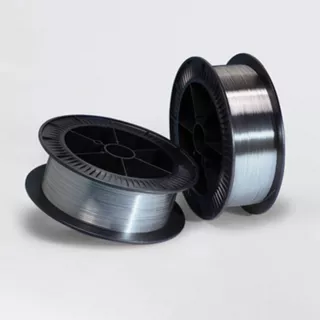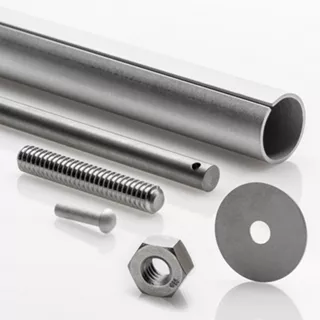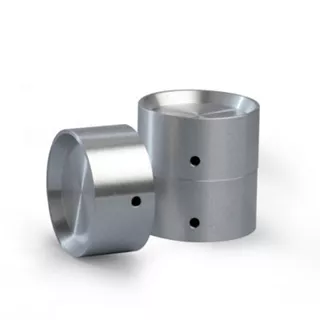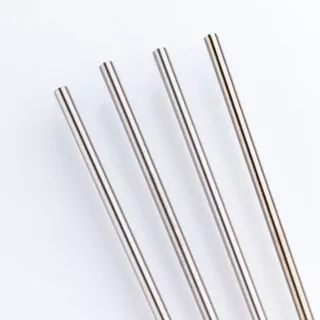Tungsten was first found in the Ore Mountains of central Europe in the Middle Ages during the process of tin reduction. However, at that time it was considered to be an unwanted accompanying element. The tungsten ore facilitated slag formation during the reduction of tin and consequently impaired the yield. The German name for tungsten (Wolfram = "wolf's drool") comes from its reputation as a tin-devouring ore "It consumes tin as a wolf eats sheep". In 1752, the chemist Axel Fredrik Cronstedt discovered a heavy metal which he named "Tung Sten," Swedish for "heavy stone". It was not until 30 years later that Carl Wilhelm Scheele succeeded in producing tungstic acid from the ore. And just two years after that, Scheele's two assistants, the brothers Juan Jose and Fausto de Elhuyar, reduced tungsten trioxide to produce tungsten. Nowadays, these two brothers are considered to be the true discoverers of tungsten. The name "Wolframium" and the accompanying symbol W were proposed by Jöns Jakob Berzelius.
Tungsten ore occurs naturally most frequently in the form of wolframite ((Fe/Mn)WO4) and scheelite (CaWO4). The largest deposits of tungsten are found in China, Russia, and the USA. In Austria, there is also a scheelite deposit in Mittersill in the Felbertauern district.
Depending on the deposit, these tungsten ores have a WO3 content of between 0.3 and 2.5 percent by weight. Comminution, grinding, flotation, and roasting processes can be employed to increase the WO3 content to approximately 60%. The remaining impurities are mostly eliminated by means of digestion with sodium hydroxide. The sodium tungstate that is obtained from this is transformed into APT (ammonium paratungstate) using a so-called ion exchange extraction process.
Reduction is performed in a hydrogen atmosphere at temperatures between 500 and 1000 °C:
WO3 + 3H2 › W + 3H2O




